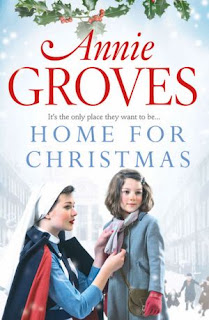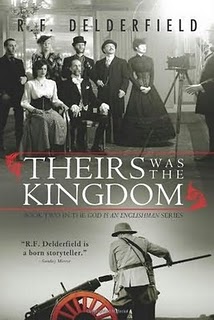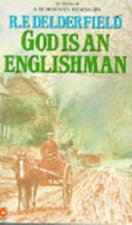Victoria, here. UK magzines, newspapers and blogs have covered the recent publication of a new biography of Lancelot Brown by renowned garden historian and biographer Jane Brown. John Phibbs in his Country Life review assures us that they are not related. But they certainly could be, for they share a remarkable knowledge of gardens and gardening. Ms. Brown will be making an appearance at Hay-on-Wye, among other festivals and meetings. Alas, I will not be able to see her in person. But I intend to send for the book, which can be ordered in $$ through Amazon.com or direct in pounds from many booksellers.
I looked in vain for an author’s website. Judging from the number of books she has written, I assume she has little time for websites, blogs or social media. Can’t say I blame her. One can spend (waste?) hours on Facebook, though I must say I enjoy (almost) every moment I spend writing blog posts. Below, since I haven’t read it yet, the description of the book from the publisher:
 |
Capability Brown, by Nathaniel Dance
ca.1769 National Portrait Gallery |
“Lancelot Brown changed the face of eighteenth-century England, designing country estates and mansions, moving hills and making flowing lakes and serpentine rivers, a magical world of green. This English landscape style spread across Europe and the world. At home, it proved so pleasing that Brown’s influence spread into the lowland landscape at large, and into landscape painting. He stands behind our vision, and fantasy, of rural England.
In this vivid, lively biography, based on detailed research, Jane Brown paints an unforgettable picture of the man, his work, his happy domestic life, and his crowded world. She follows the life of the jovial yet elusive Mr Brown, from his childhood and apprenticeship in rural Northumberland, through his formative years at Stowe, the most famous garden of the day. His innovative ideas, and his affable and generous nature, led to a meteoric rise to a Royal Appointment in 1764 and his clients and friends ranged from statesmen like the elder Pitt to artists and actors like David Garrick. Riding constantly across England, Brown never ceased working until he collapsed and died in February 1783 after visiting one of his oldest clients. He was a practical man but also a visionary, always willing to try something new. As this delightful, and beautifully illustrated biography shows, Brown filled England with enchantment – follies, cascades, lakes, bridges, ornaments, monuments, meadows and woods – creating views that still delight us today.”

I have visited many of the country houses for which Brown created landscapes and though I love to look at them, I always feel my photographs are inadequate to show the sweep and grandeur of the landscape. It always looks so natural. Which is, of course, the point. As some of his contemporaries observed, Brown improved on what God had left a little undone. Though he came from a modest background, Brown advised kings and princes and dukes on how to arrange their estates. And in large part, his vision has remained intact at some of the UK’s most visited gardens, such as Stourhead, Blenheim and Stowe.

Ms. Brown has also written about some gardens we may see only very rarely. From its origins as a mulberry garden in the time of Samuel Pepys, this volume tells the illustrated story of the largest private garden in London, which, from time to time, is open to selected audiences and even concert-attendees. Hundreds of photos are included of the garden at all times of the year, by photographer Christopher Simon Sykes.
In The Pursuit of Paradise Gardening, published in 2000, Ms. Brown takes the broadest possible approach. ‘The most enchanting, erudite and thought-provoking book on the subject to be published for many years’ wrote Amanda Craig, in the Independent on Sunday when it first came out. Ruth Gorb, in the Guardian, wrote ‘Be warned. This is a rich brew, not to be taken in one gulp. Gardening in this book encompasses science and history, philosophy and art, literature and the military, politics and sex… it is all tremendous fun.’
Jane Brown writes about contemporary gardens too. This 2001 volume has been widely praised.
<
div style="clear: both; text-align: center;">




























